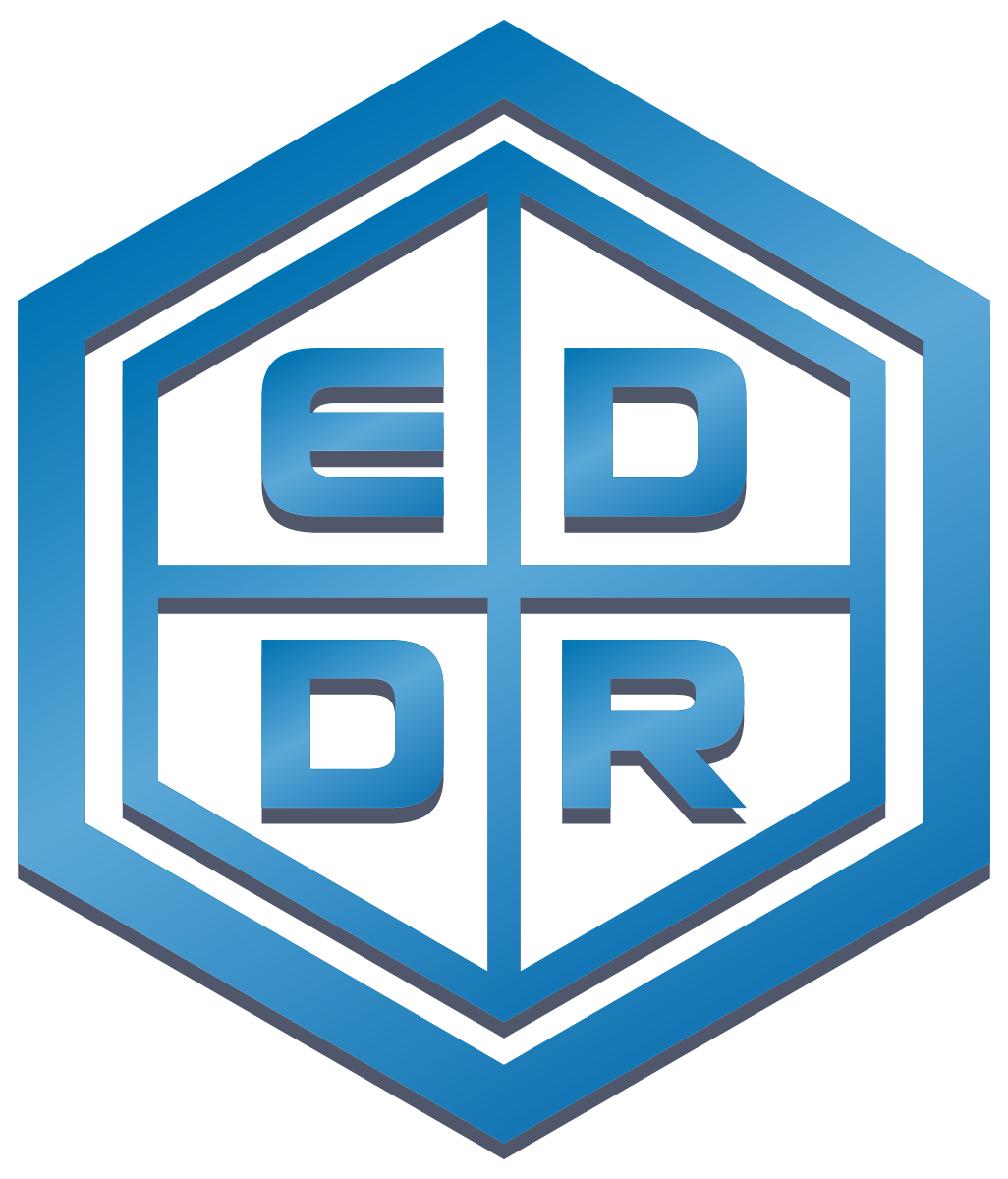
About EDDR
This book came together after a series of conversations among the others (and others) about our frustrations with the lack of information available about how to do the real work behind education data analysis.
In 2013, education agency data analysts from around the country—and a few brave open-minded research partners—began sharing hard lessons learned in a user group called Data Analysis Technical Assistance Community of Practice in Education (DATA-COPE). We held meetings and happy hours at data conferences and created an online forum for sharing advice and resources. In surveys of members the number one request was to find a way to record these best practices in a resource they could share with colleagues—especially those new to their agencies.
From there, a core group of us began work on the book series, bringing in more of us over time.
As we began our work, in 2015, we were happy to be invited by the Brown Center Chalkboard at Brookings to discuss some of those ideas in a series of posts:
When using longitudinal data for education research, three heads are better than one
State education agencies and researchers as partners in improving student outcomes
From those early conversations and exchanges, and putting together these articles, we got a good sense of what we could do together to put out a book series. One that filled what we saw was a real gap in practical advice on how to do the work that needs to get done inside education agencies to turn those many data collections into information that can inform decisions and return value to educators, students, and the public.

